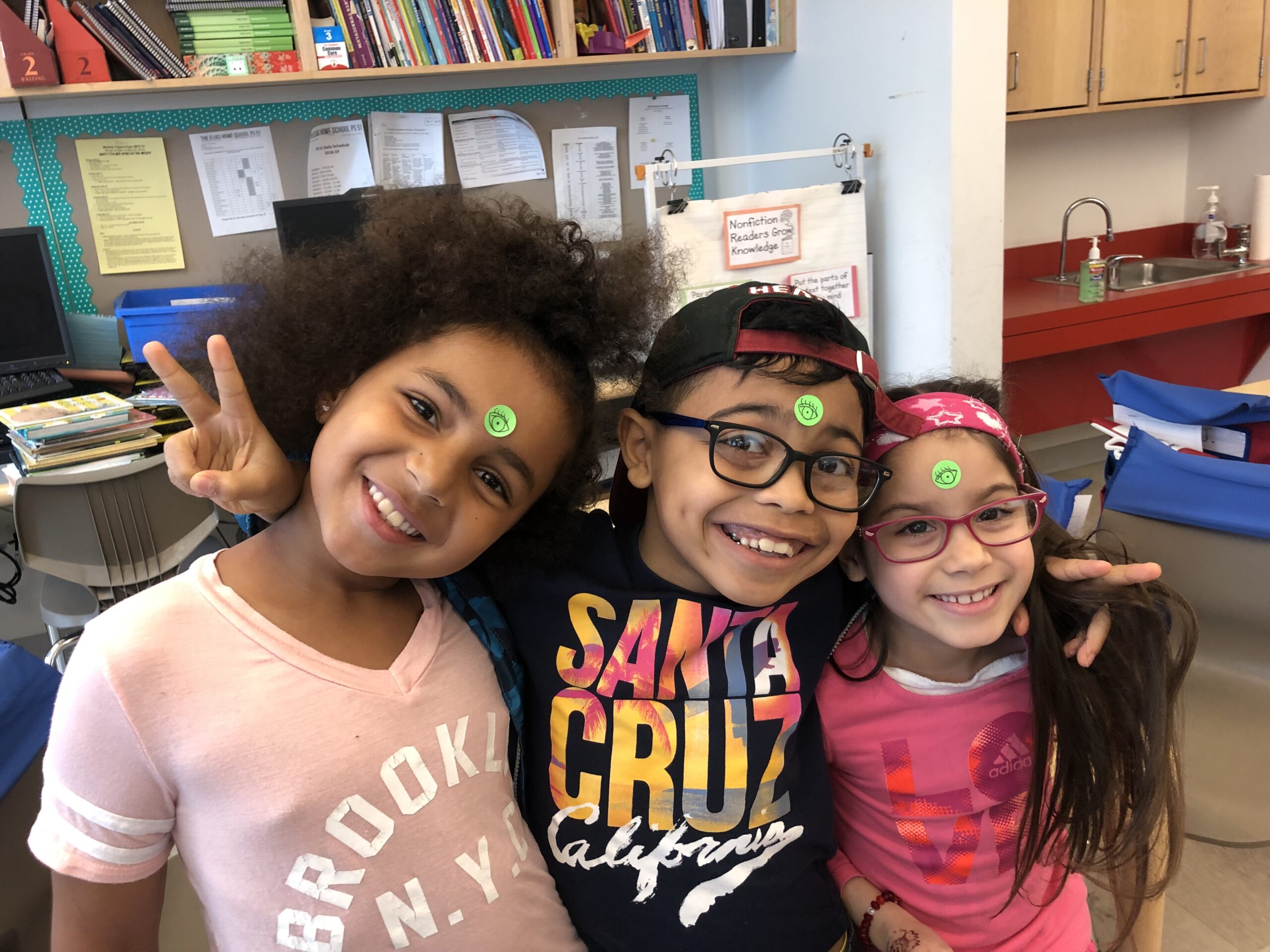Nothing in That Drawer
By Ron Padgett
Nothing in that drawer.
Nothing in that drawer.
Nothing in that drawer.
Nothing in that drawer.
Nothing in that drawer.
Nothing in that drawer.
Nothing in that drawer.
Nothing in that drawer.
Nothing in that drawer.
Nothing in that drawer.
Nothing in that drawer.
Nothing in that drawer.
Nothing in that drawer.
Nothing in that drawer.
I first read the poem “Nothing in That Drawer” in a poetry anthology for a college class. My roommate and I, studying late, found it flipping through the pages of an assignment. We giggled at such a silly poem––14 lines all repeating the title.
Now, a decade later, I present it to my eighth grade English class and ask them if it’s poetry. Some say yes. Some say no. Those on the side of yes claim that it looks like poetry. If it smells like a dog, right? Those on the side of no argue that it cannot be poetry because it is too easy. They shout phrases like, “Even I could do that!” They are still convinced that poetry has to be long and confusing.
Not until I read it aloud do I sway them. I begin reading with the first line like any other poem. I speak the second line more quickly. The next, louder. Faster. Angrier. I emulate a person looking for something in a dresser and use the tone of someone unsuccessful in their quest. Once I read all 14 lines, I see I’ve caught them. The poem is more clever, sneakier than they originally thought.
They shout phrases like, “Even I could do that!” They are still convinced that poetry has to be long and confusing.
I assign an imitation project: “Write a poem with a recurring line that builds meaning as it’s repeated.” Some poems are duds, but that’s to be expected. Others delight me. Gabriel’s poem is funny: “I think we passed this tree already.” I imagine a group of lost hikers traveling in circles again and again. Sebastian’s is bizarre: “The screams are getting louder.” None are more haunting than CeCe’s repeating, “I asked you to stop.”
I print the poems and tape them to the wall outside of my classroom. Duds and all. Students cluster outside my door during passing periods, and I have to shuffle them to class. Never have I seen students more eager to read poetry than when their classmates’ work is showcased on the wall. Vulnerability in middle school is no less terrifying and delicious than it was when we were here.
As students write, revise, and read their poems, my mind wanders to the repetitive refrains that echo throughout my day. “Make sure you have your independent reading book.” “I expect you to be silent while I am talking to the class.” “Where is your pencil?” It’s easy to ask my earlier question once again: Is this poetry? Is what I am doing here beautiful? Is it art? This week, I’m not so sure.
But then again, neither were my students at first. When looking at the poem on paper, it didn’t look like art; it looked basic and elementary. Like “Nothing in That Drawer,” on paper, education can seem lackluster: meetings, data, lesson plans, interventions, parent phone calls. Only when I read aloud did my students see the poem’s allure.

Krisandra Johnson
Krisandra Johnson teaches 8th grade English Language Arts in Speedway, Indiana. Her passion for teaching includes curating curriculum that asks students to think deeply and writing assignments that encourage students to share their unique perspective. Each year, her students publish a collaborative novel about fictional, connected characters set on one day in the town of Speedway. Check it out here. With published research on choice in the classroom, she strives to give options in her classroom to create a space of agency and autonomy.



